Autonomic Nervous System Worksheet
The autonomic nervous system worksheet is a valuable resource for students and individuals looking to explore the intricate details of this fascinating branch of the human nervous system. Designed to provide a comprehensive overview and understanding of the entity and subject, this worksheet offers a structured and organized approach to learning about the autonomic nervous system.
Table of Images 👆
More Other Worksheets
Kindergarten Worksheet My RoomSpanish Verb Worksheets
Cooking Vocabulary Worksheet
DNA Code Worksheet
Meiosis Worksheet Answer Key
Art Handouts and Worksheets
7 Elements of Art Worksheets
All Amendment Worksheet
Symmetry Art Worksheets
Daily Meal Planning Worksheet
What is the autonomic nervous system?
The autonomic nervous system is a division of the peripheral nervous system that regulates involuntary functions of the body, such as heart rate, digestion, respiratory rate, and sexual arousal. It is further divided into the sympathetic and parasympathetic nervous systems, which work in opposition to each other to maintain a state of balance, or homeostasis, within the body.
What are the two main branches of the autonomic nervous system?
The two main branches of the autonomic nervous system are the sympathetic nervous system and the parasympathetic nervous system. The sympathetic nervous system mobilizes the body's fight-or-flight response, preparing it for stressful or dangerous situations, while the parasympathetic nervous system promotes relaxation, rest, and digestion.
Describe the role of the sympathetic nervous system.
The role of the sympathetic nervous system is to mobilize the body's fight-or-flight response in times of stress or danger. It helps prepare the body for action by increasing heart rate, dilating the airways, releasing glucose from stores, and redirecting blood flow to essential organs like the muscles. This system is crucial in activating our body's physiological responses to stress and helping us deal with challenging situations effectively.
Describe the role of the parasympathetic nervous system.
The parasympathetic nervous system is responsible for controlling the body's rest and digest functions. It helps regulate activities such as digestion, heart rate, and breathing, and promotes relaxation and conservation of energy. By activating the parasympathetic nervous system, the body can rest, repair, and recover from stress or exertion.
What is the Fight-or-flight response and how is it triggered?
The fight-or-flight response is a physiological reaction that occurs in response to a perceived threat or danger. It is triggered by the release of stress hormones such as adrenaline and cortisol, which prepare the body to either confront the threat or flee from it. This response causes an increase in heart rate, blood pressure, and breathing rate, as well as a redirection of blood flow to vital organs and muscles to help the individual respond effectively to the perceived danger.
What are some physiological responses controlled by the autonomic nervous system?
The autonomic nervous system controls several physiological responses such as heart rate, blood pressure, digestion, respiratory rate, pupil dilation/constriction, and sweating. It plays a crucial role in maintaining homeostasis in the body by regulating these functions involuntarily.
How does the autonomic nervous system regulate heart rate?
The autonomic nervous system regulates heart rate through the balance of sympathetic and parasympathetic influences. The sympathetic nervous system releases norepinephrine, which increases heart rate by stimulating the heart to beat faster. On the other hand, the parasympathetic nervous system releases acetylcholine, which slows down heart rate by inhibiting the heart's activity. This dynamic interplay between the sympathetic and parasympathetic branches helps maintain a stable and adaptive heart rate in response to various physiological and environmental demands.
How does the autonomic nervous system control digestion?
The autonomic nervous system controls digestion through two main branches: the sympathetic nervous system, which inhibits digestion by reducing blood flow to the digestive organs and decreasing secretion of digestive enzymes, and the parasympathetic nervous system, which stimulates digestion by increasing blood flow to the digestive organs and promoting secretion of digestive enzymes and saliva. These two branches work together to regulate the functioning of the gastrointestinal tract and ensure optimal digestion and absorption of nutrients.
Explain the role of the autonomic nervous system in maintaining body temperature.
The autonomic nervous system plays a crucial role in maintaining body temperature through the process of thermoregulation. When the body detects a change in temperature, the autonomic nervous system activates responses to help regulate body temperature. For example, in response to a rise in temperature, the body may increase sweating and dilate blood vessels to release heat. Conversely, in response to a decrease in temperature, the body may initiate shivering and vasoconstriction to conserve heat. The autonomic nervous system acts involuntarily to help maintain a stable body temperature within a narrow range to ensure optimal bodily functions.
How does the autonomic nervous system regulate sweating?
The autonomic nervous system regulates sweating through the sympathetic nervous system, specifically through the activation of sweat glands by the neurotransmitter acetylcholine. When the body temperature rises, signals are sent from the hypothalamus to increase sweating to help cool the body down. The sympathetic nervous system controls the release of sweat from eccrine glands located in the skin, allowing for thermoregulation and maintenance of internal temperature.
Have something to share?
Who is Worksheeto?
At Worksheeto, we are committed to delivering an extensive and varied portfolio of superior quality worksheets, designed to address the educational demands of students, educators, and parents.






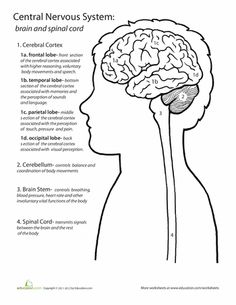
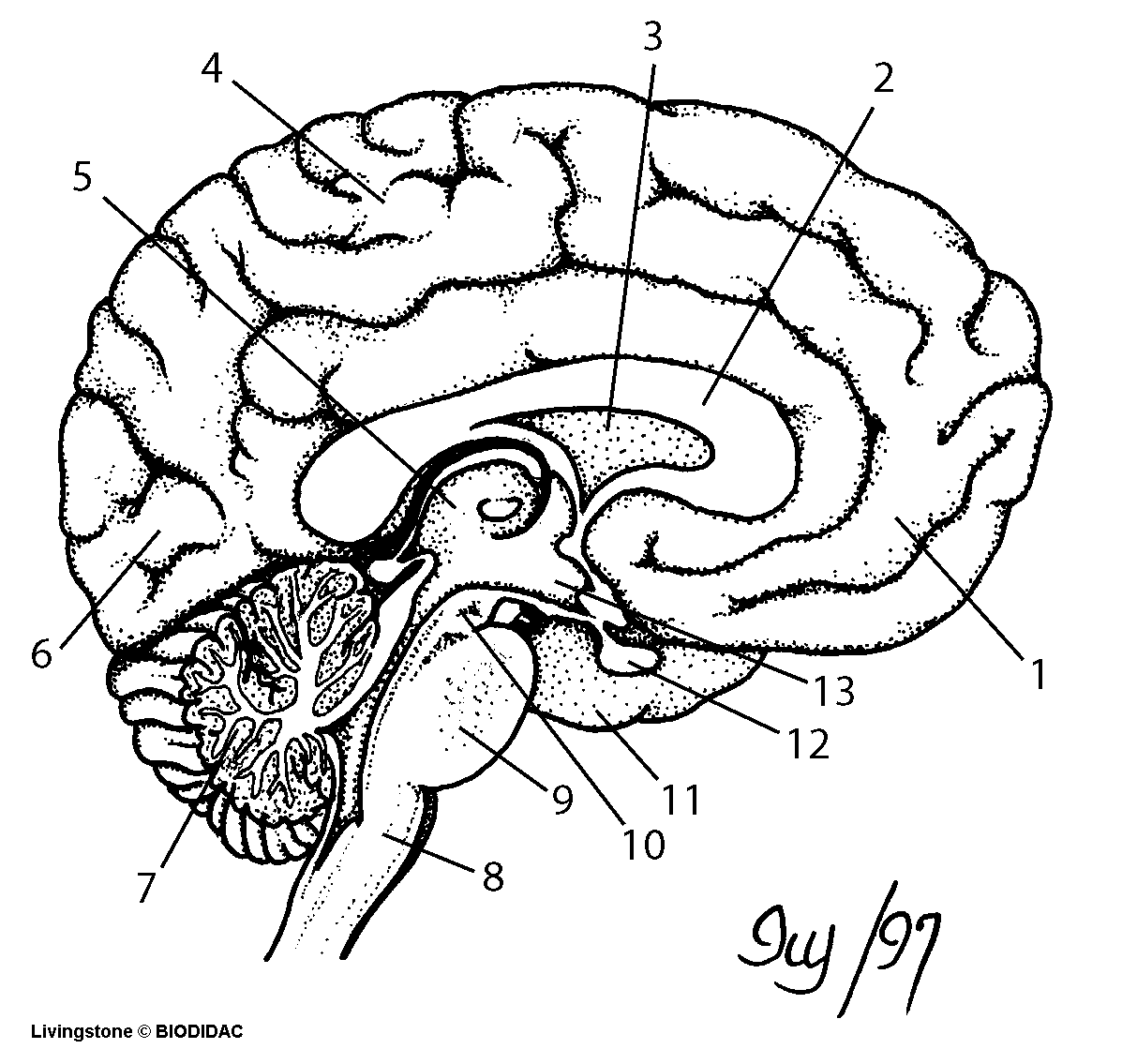
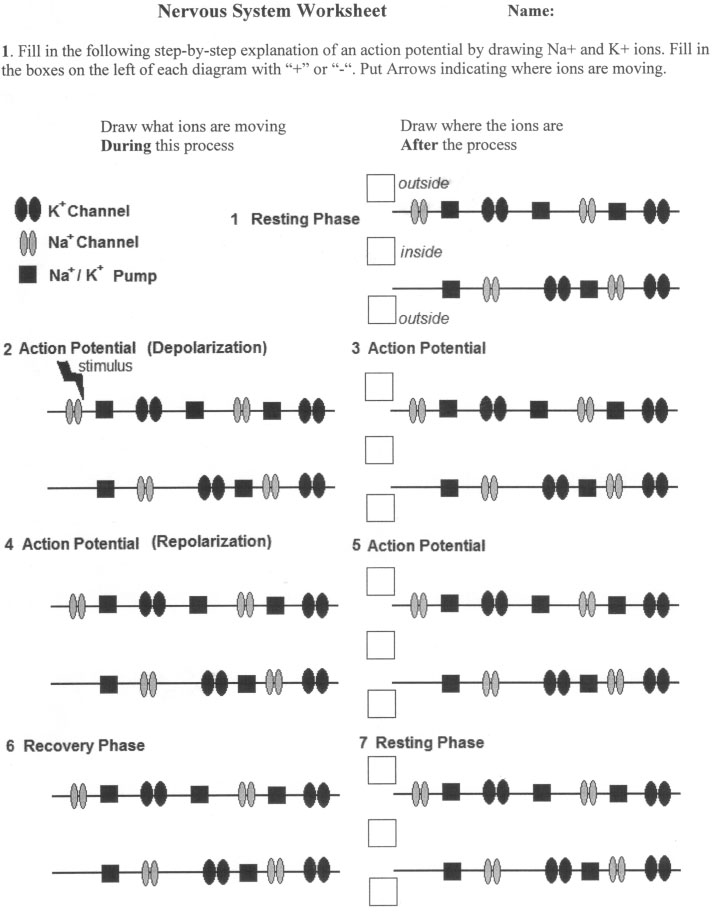
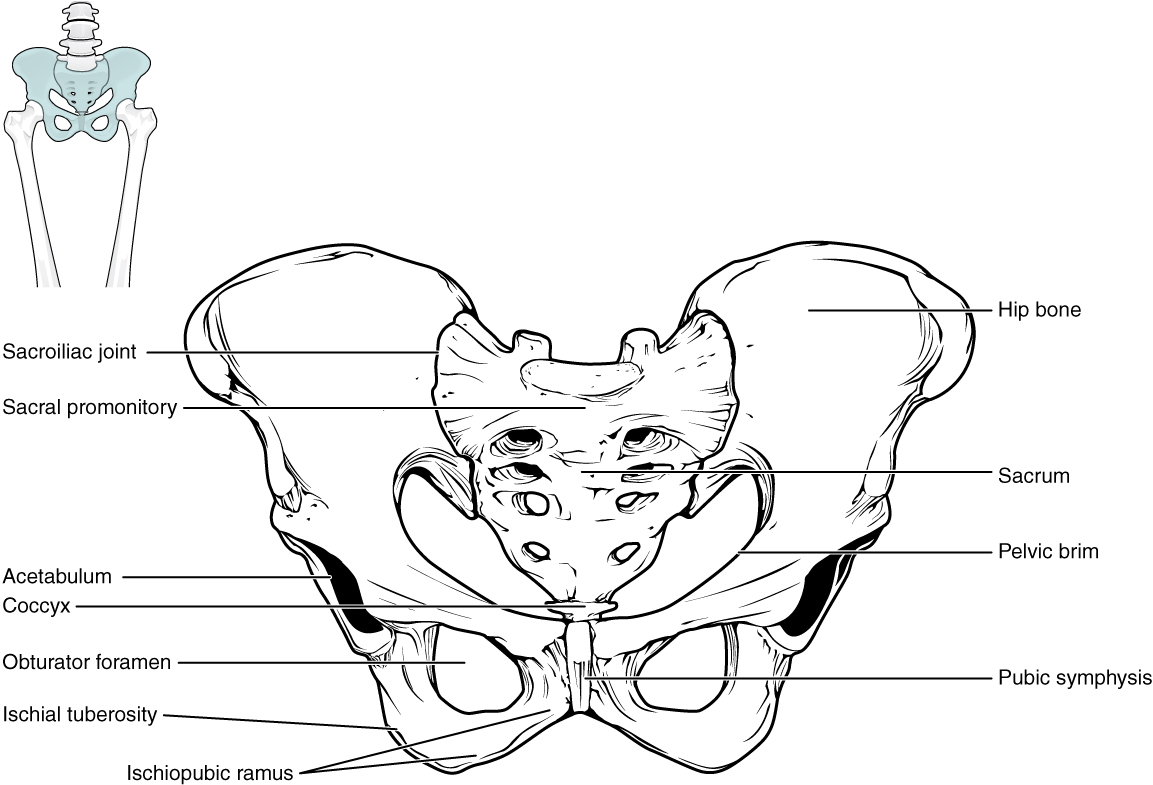
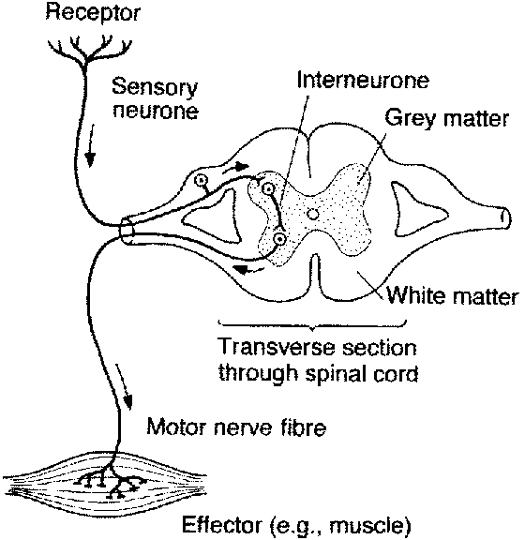
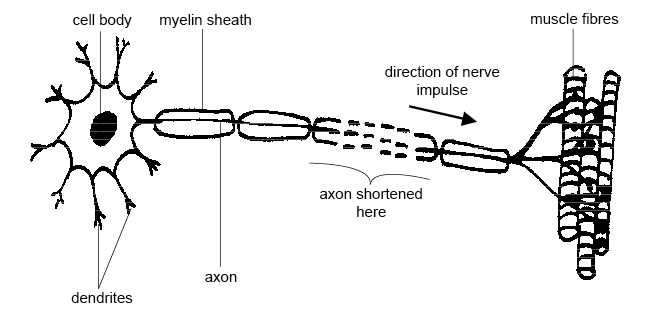

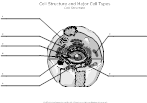
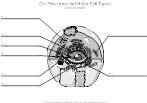
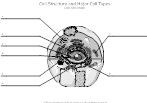
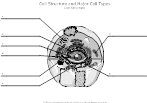
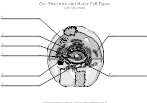
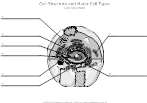














Comments